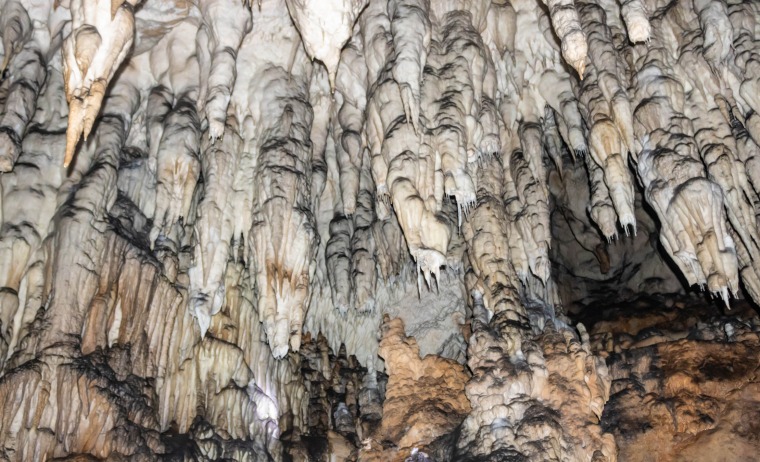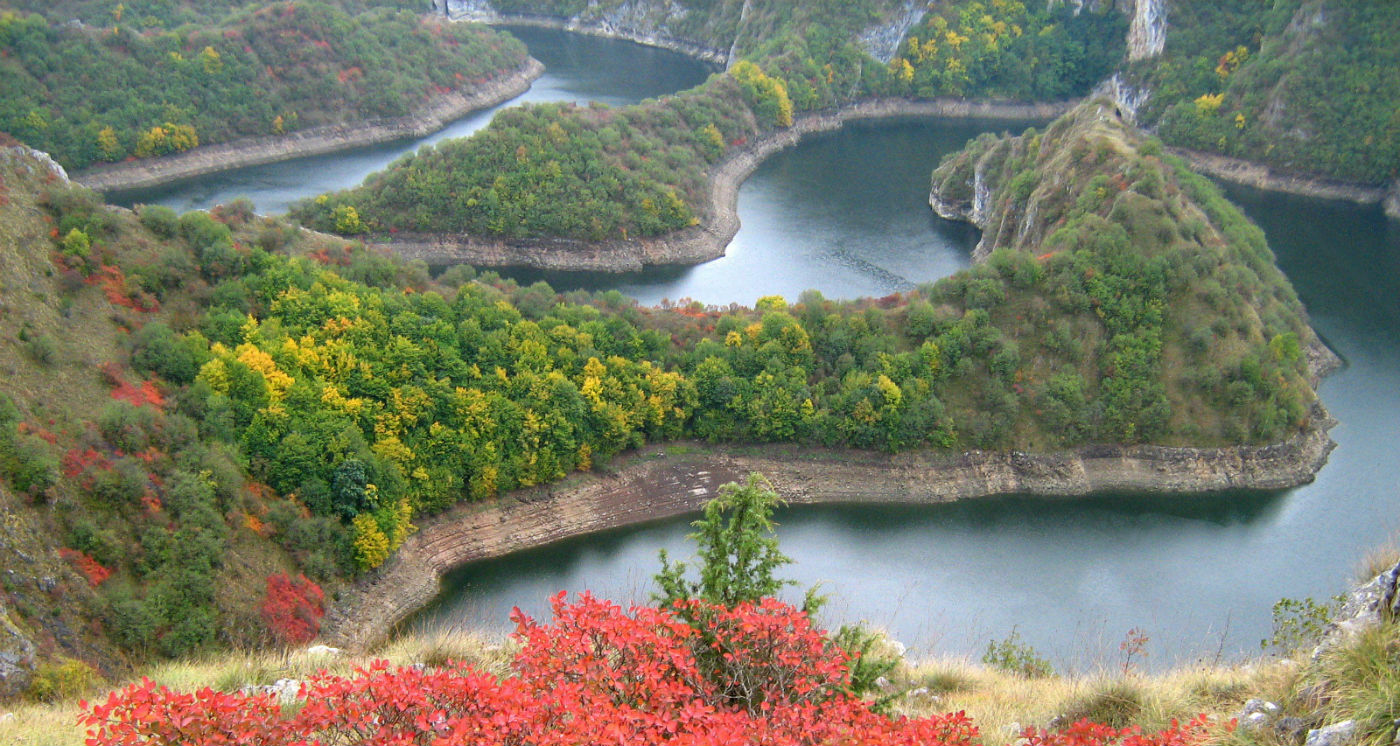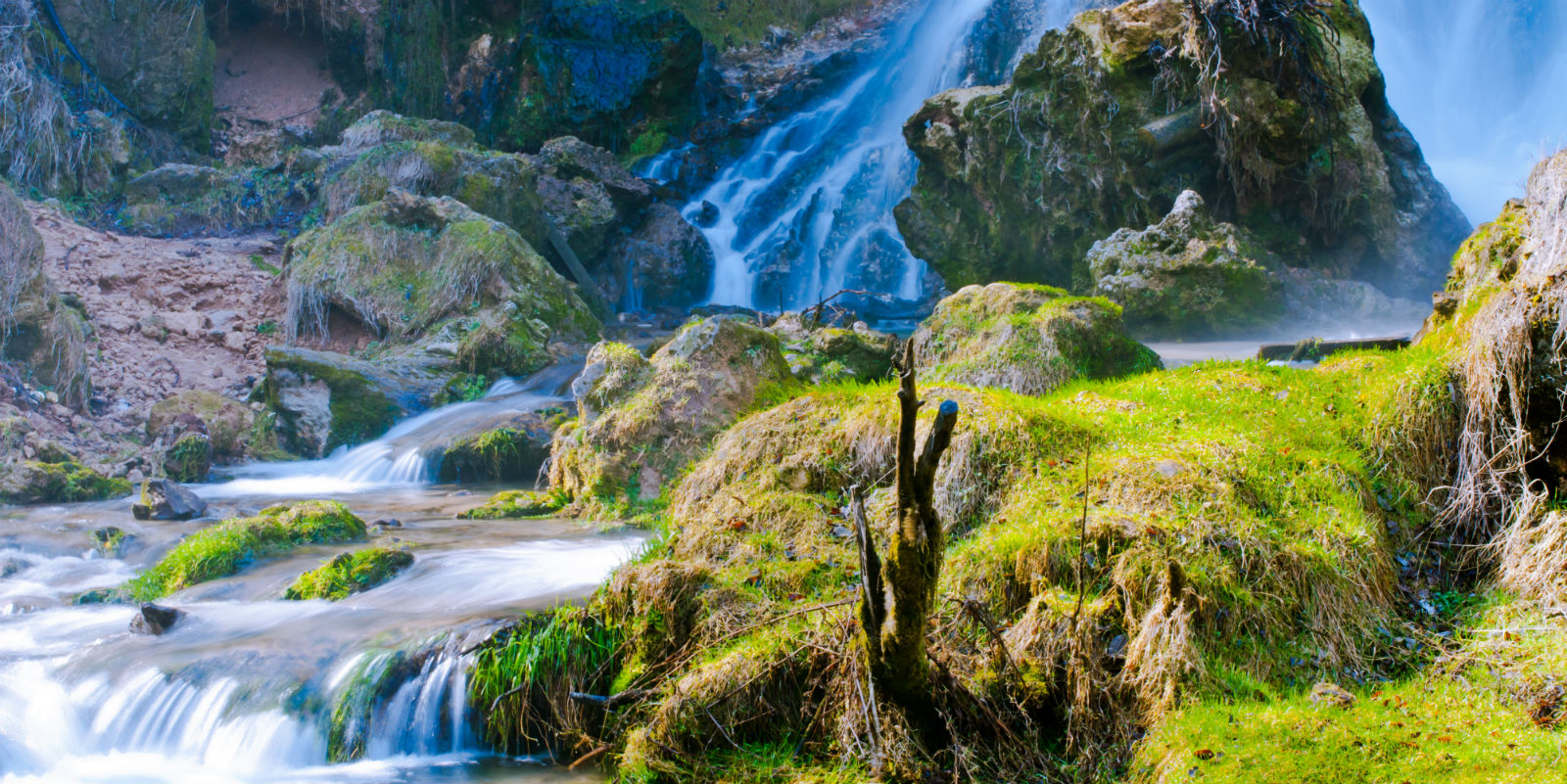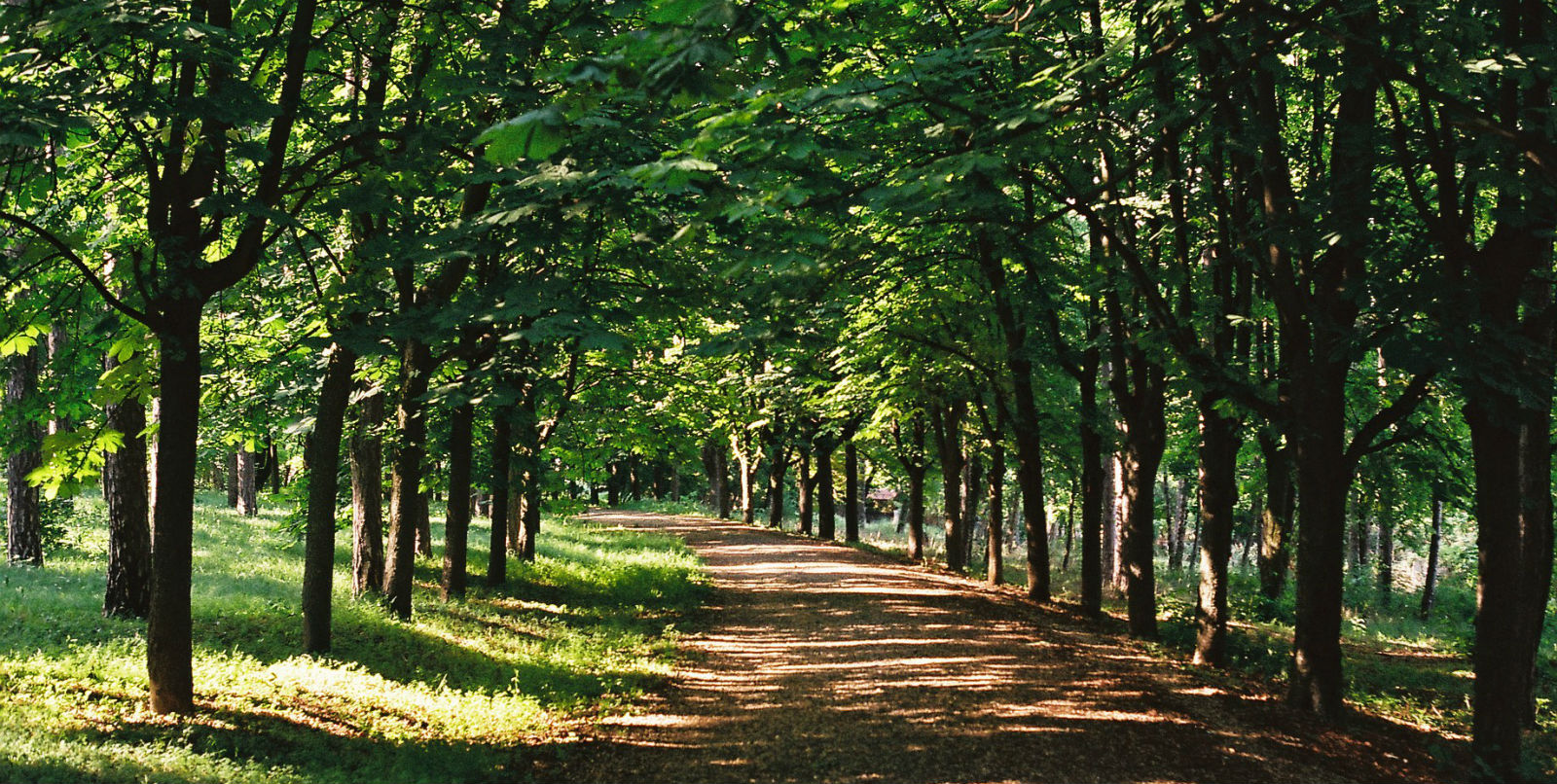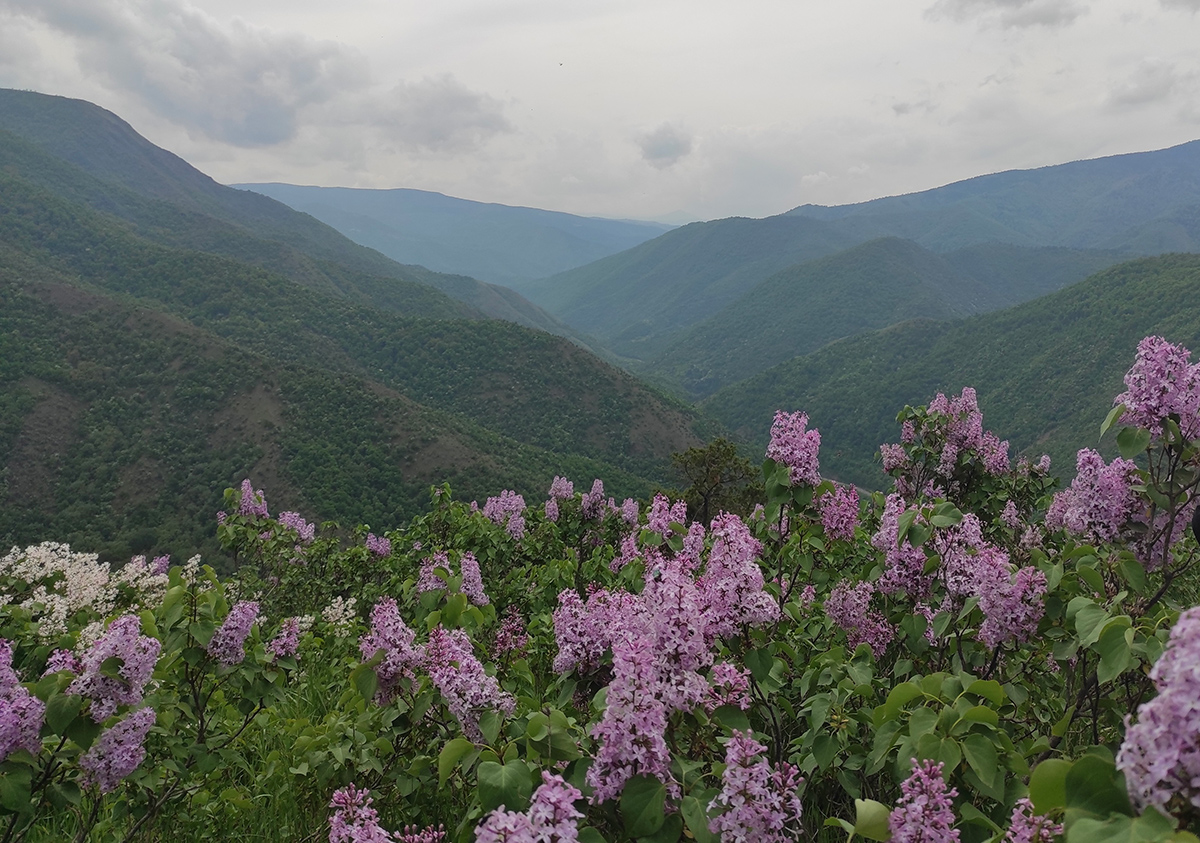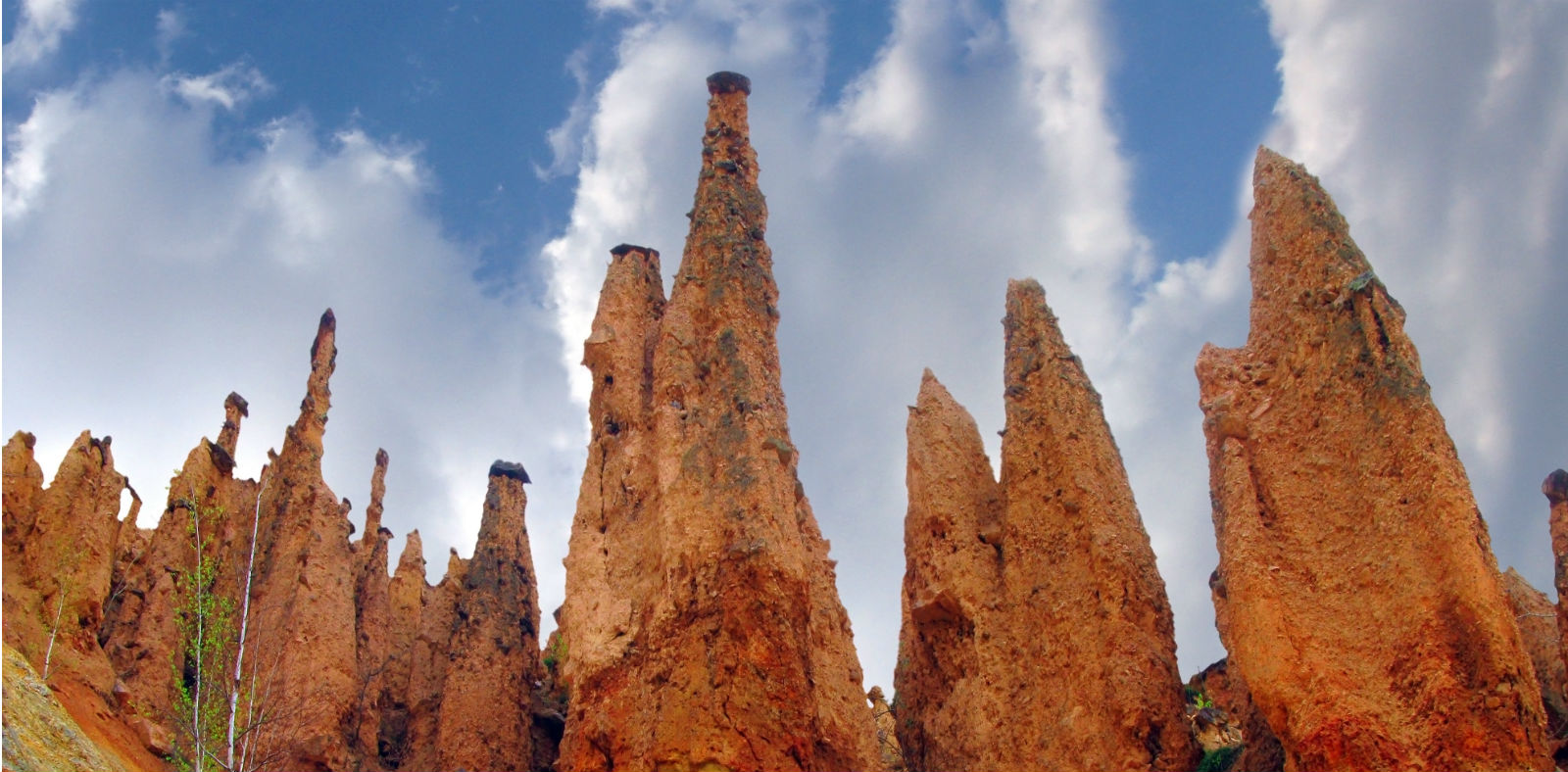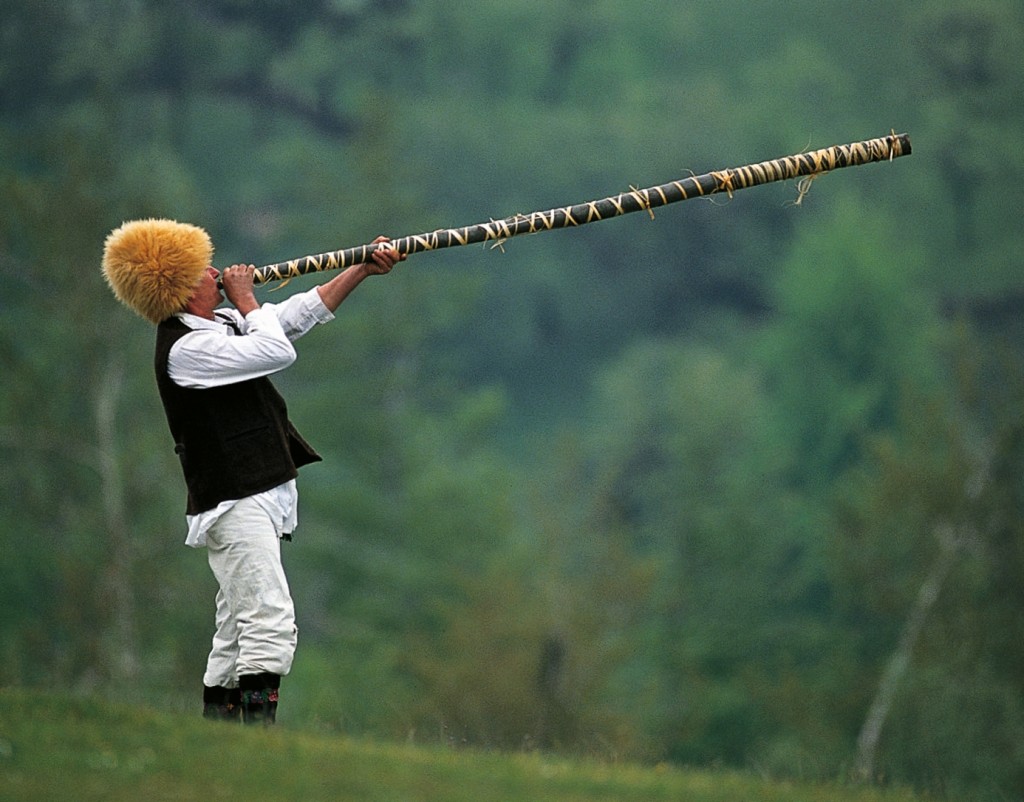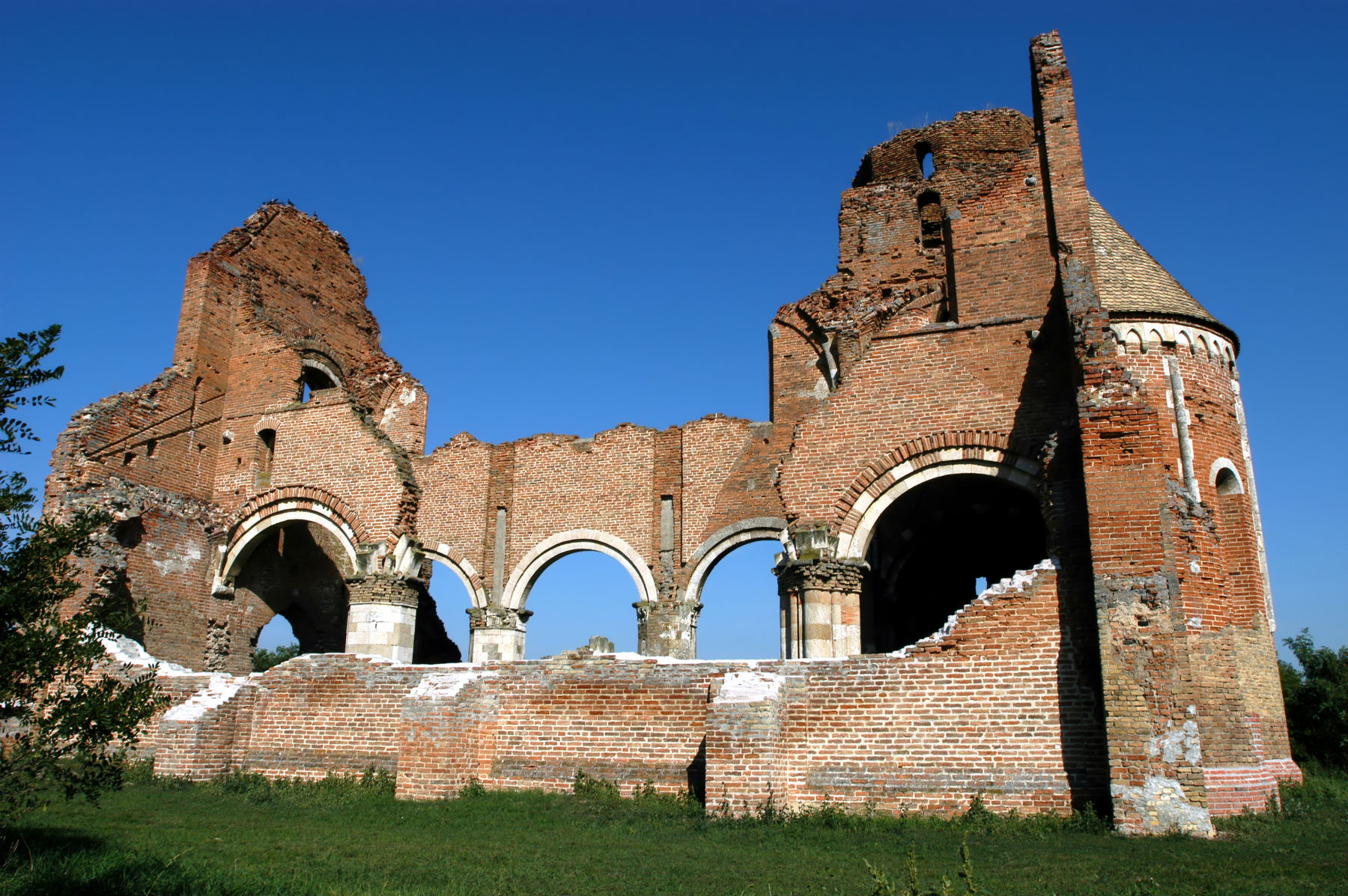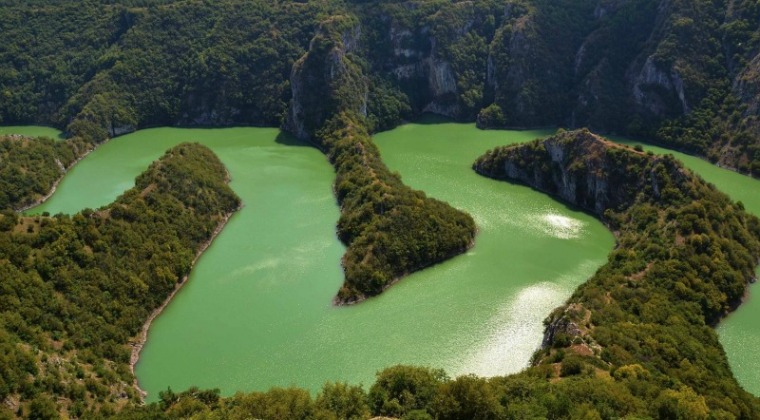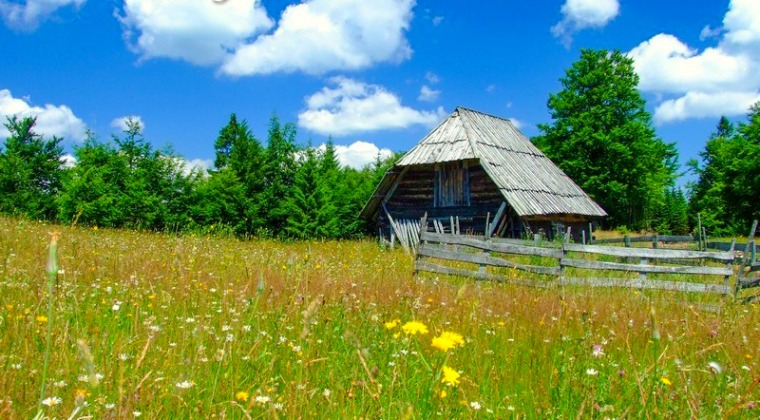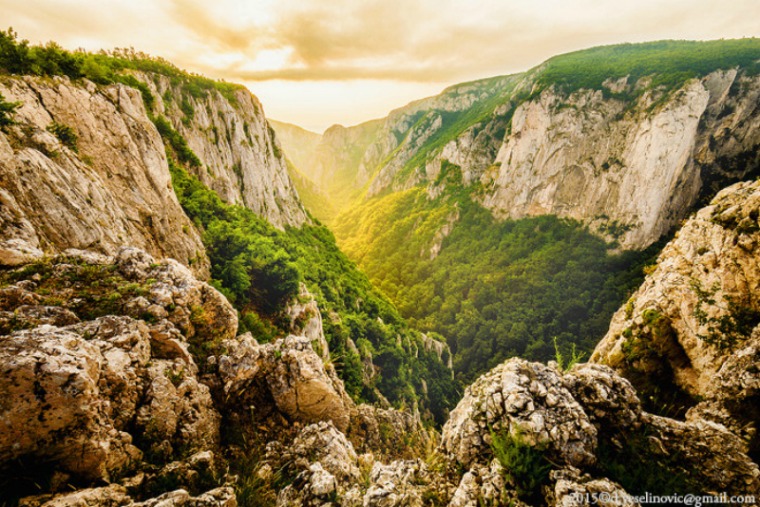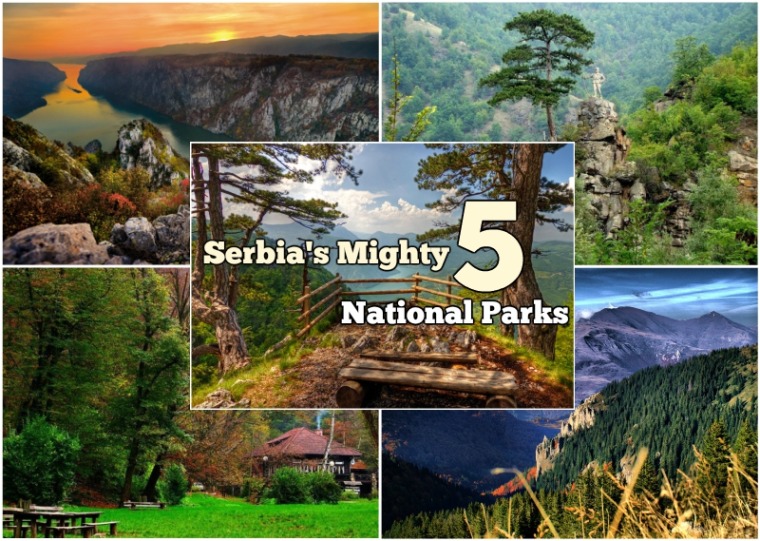In eastern Serbia, in the foothill of Beljanica, lie true gems of nature which, on first thought, can be found only in fairy tales. The gems in question are karstic founts. When speaking of these gems, two deserve a special mention.
In Žagubica, where Beljanica descends into the basin of Homolje, lies the fount of Mlava, and about 35 km from Žagubica, in the western foothill of the mountain, in the valley of the Krupajska river, lies hidden the Krupaj springs.
Today you have the opportunity to get acquainted with one of these gems – with the Krupaj springs.
220 meters above sea level, tucked in the untouched nature of the western side of the Beljanica mountain, lies the Krupaj springs. Even though Homolje itself is a well-known ecological oasis, the Krupaj springs is still considered a rare and unique occurrence in nature. Why, you might ask yourselves?
Down a fairy-tale path
Well, let’s begin from the path that takes to the springs. After you pass an old water-mill filled with all sorts of old and forgotten trinkets, between it and a small hill you reach an almost invisible, narrow passage. Then you go down a few stone steps and you lay your eyes on a small pond full of long and lean trouts.
Right next to it you see another pond in which small yellow and black fish found their home. While you walk next to a cliffside wall, your eyes wander to the opposite side where you can see a system of small waterfalls and lakes. You pass what is now the third fish pond, which is, by the way, beautifully carved in the cliff face. After passing this pond your path narrows and takes you through the woods. At the end of it lies a sight which can seemingly only be found in a fairy tale.
The enchanted kingdom of Krupaj springs
Surrounded by a forest of its own, with tree branches and vines hovering over its surface, stands the Krupaj springs. The water, blue and green in colour, with varying nuances, canćt help itself but hypnotize the beholder. The deep, cold and turquoise is often specked with fallen leaves. You can hear the chirping of hidden birds and a rustling in the tree-tops from which soon enough the previously unseen owners of beautiful chirps take flight. Your eyes follow their display of mid-air dance when you see it. A cave. Only half of it standing above the water. And you can’t shake off the feeling that you yourself have become a character of a very special fable.
The hidden secret beneath the lake
Apart from the almost hidden pathway and the enchanting sight of the fount, beneath its surface the Krupaj springs hides an even more fascinating story. According to the stories of scuba divers who dove to 123 meters depth, once you dive into the lake you enter a maze of underwater canals.

Even the most experienced divers would be lost trying to dive through the “Stomach”, the “Slide”, the “Small Room”, the “6 Meters”, the “Big Room”, the “Ram’s Head” of this half-flooded cave, without a rope to serve as their lifeline. They say the the last stop is the “Canal” after which there is nothing but a dark abyss. Yet, they have also said that at 123 meters there is a partially flooded room, where in the depths of the underground, they found tunnels that lead to the surface.
But, one has to wonder, why would anyone dig tunnels in a underwater cave?
The legend of the mystical lakes of Homolje
This is because Homolje and the Krupaj springs are a home to legend shrouded in a veil of Vlachian magic. The legends say that there is a hidden treasure somewhere in the mountains of Homolje. It is even believed that the mountain itself has swallowed it and that it lies now at the bottom of a golden cave. The cave is supposedly guarded by Tartor, a water spirit, whom the locals also call Old Man or Albatrn. And he is the reason why the locals fear entering the water during their relentless quests for the hidden treasure.
However, even though no one yet succeeded in finding the legendary treasure, one thing is as clear as daylight. The treasure of the Krupaj springs is at everyone’s disposal. Because the treasure of Krupaj springs is its water, which originates in the mountain and gives life to this ecological oasis.
What makes the Krupaj springs ecologically so important?
Apart from its more than obvious and enchanting beauty, the Fount’s ecological worth (so to speak) lies in the quality of its water. The stream, 435 meters in length, flows north from the Fount, and then takes a turn to the west and streams into the Krupajska river. It flows all the way from the dam to the mill. Next to the mill there is a concrete fountain with five metal pipes through which warm water flows at 26˙C. This water originates from a natural thermal source. About ten meters from the fountain there is yet another thermal source which was made into a miniature decorative fountain.

“Krupajsko vrelo” was declared a natural monument by the Republic of Serbia. This decision was based on the Environmental Protection Law which confirmed that Krupajsko Fount should be considered a natural region of enormous importance, not only because of its geomorphological structure, but because of its hydrological function, as well as outstanding geological features. This is why this Serbian karsic fount is considered to belong to the group of the most representative gravitational founts.
If one adds the healing properties of thermo-mineral and spring waters from the Krupaj springs to the green pathway, turquoise lake, mystical cave and the attractive waterfall, it does not take one very long to understand that this fairy tale is complete.
And the fact is that you are indeed left with no other choice but to visit the Krupaj springs and its unbelievable ecological oasis made up of clear mountain air, enchanting springs and beautiful mountain tops.
How to get to Krupaj springs?
The easiest way takes you from Belgrade, across Požarevac i Kamenovo, a beekeepers’ village near Petrovac na Mlavi. You turn right when you exit Petrovac and enter Gornjačka ravine. Upon exiting the ravine you reach the village of Krepoljin. There the road parts into two directions. You want to take the right for Krupajsko Fount, which is situated between the two villages of Krupaja and Milanovac.
If you are already here, you shouldn’t miss…
Enjoying the nature surrounding Žagubica. 120 km away from Belgrade, there lies the region of Žagubica, which encompasses the upper part of the beautiful Mlava valley and its tributaries, the Žagubička basin, as well as the Gornjačke and Homoljske mountains.
Getting acquainted with Serbian history in the Gornjak monastery. The Gornjak monastery is located in the valley of the Mlava river, between Žagubica and Petrovac na Mlavi. It was built between 1376 -1380. as a memorial by prince Lazar. For all those interested in the Middle Ages, this monastery holds in its grounds a medieval church, a cave chapel dedicated to St. Nikola, as well as the remains of a medieval monastery called Blagoveštenje, which is a memorial made by despot Stefan Lazarević.
Visiting the oldest ecclesiastical monument in eastern Serbia. The Trška Church was supposedly built in the 9th century. However, after the analysis of the remains it has been estimated that this temple was built near the end of the 19th century. It was originally dedicated to St. Nikola.
Feasting your eyes on the beauty of the Mlava Fount. This fount is located in the south-eastern part of Žagubica. It dark green in colour because of the coniferous forest of Beljanica that reaches its very surface. This fount, too, is protected by the state as a hydrological monument of 1st class.
Visiting one of the most important monuments of Serbian medieval culture. The Manasija (Resava) monastery, built by despot Stefan Lazarević, is the most important edifice belonging to the renowned „Moravska“ school. Also named the „Resavska“ school, it was the centre of transcription and a source of written works and translations throughout the entirety of the 15th and 16th century.
Discovering the Resavska Cave. It is one of the most beautiful caves in Serbia. Once only sheepherders knew about its existence, and then mountain climbers found it. 10 years after its discovery, in 1972, this cave was opened for visitors. It is located 20 km from Despotovac, in a limestone hill called Babina glava, or in English Grandmother’s Head.
Author: Maša Maksimović
Related Articles

Bački Monoštor: Discover The Serbian Amazon
November 20, 2024